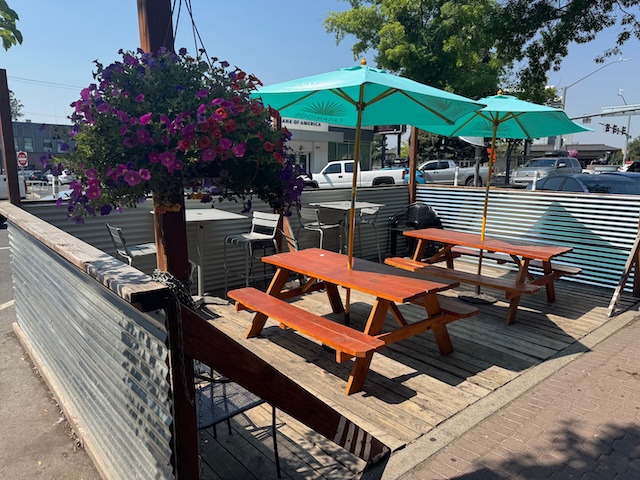From the archives
Published 5:00 am Saturday, June 9, 2012
Editor’s note: The following editorial from Aug. 25, 1942, does not necessarily reflect the views of The Bulletin’s editorial board today.
Highways, tolls and percentages
Trending
Proposals made at a recent highway commission meeting for financing completion of the Columbia River highway between The Dalles and Portland are strongly reminiscent of the maneuvers that preceded the building of the coast highway bridges. By themselves, they are innocent and appealing. If, however, they or one of them is used, as was the toll arrangement for the bridge construction, simply as a means of getting the camel’s nose under the tent, another injustice will be done in other sections of Oregon.
Bonds for the coast bridges, it may be remembered, were authorized and issued on the understanding that they were to be serviced by tolls. Drafts on the state highway fund, other than for a sum equal to the cost of operating the ferries the bridges displaced, were forbidden. On that basis the bridges were financed and built, but when it came time to open and use them, a new scheme appeared and no tolls were ever collected. The bridges were made free and the highway fund made responsible.
The Columbia highway proposals made the other day include making it a toll road, issuing special bond or forming a highway district. A proposal like that last one made on behalf of coast bridge construction never got to first base with the coast communities concerned. Undoubtedly a highway district proposal would meet with the like reception in Wasco, Hood River, Multnomah and the other counties to the east chiefly interested in the Columbia and its extensions. Other sections of the state would oppose tolls or new highway bond issues for a special purpose.
The issue of coast bridge tolls is a dead one now. It may be reasserted, however, that the method of settlement was unfair to other highway divisions. When the settlement was made, the highway fund available for construction was being allocated to the divisions on a percentage basis. The service of the several millions put into the bridges and charged against the fund consumed over and over the coast division percentage. Likewise, at a later date, special funds were set aside for the Columbia highway before the percentage allocations were made.
We trust the coast bridge precedent will not be followed on the Columbia highway in the matter of tolls. If tolls are decided upon, we trust that they will not be evaded as were the bridge tolls when it comes to the sticking point. We are not advised whether the percentage distribution of funds among the highway division still obtains. It cannot fairly be continued if special funds are to go to special uses. Indeed, it should be given up, anyway.








